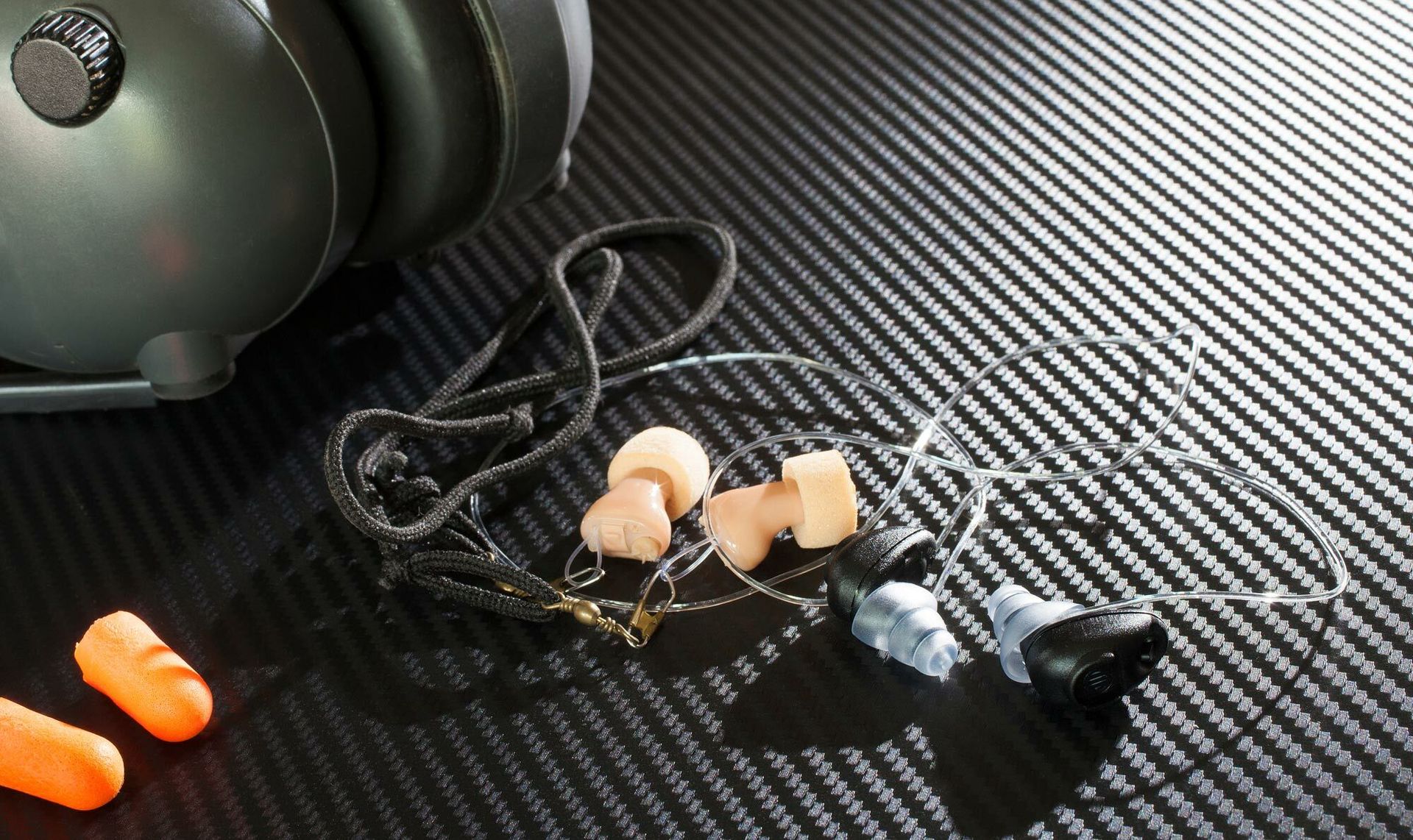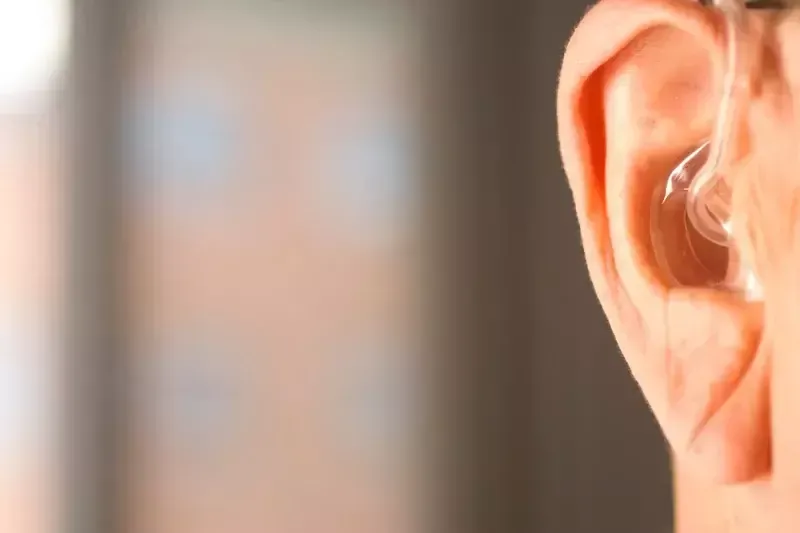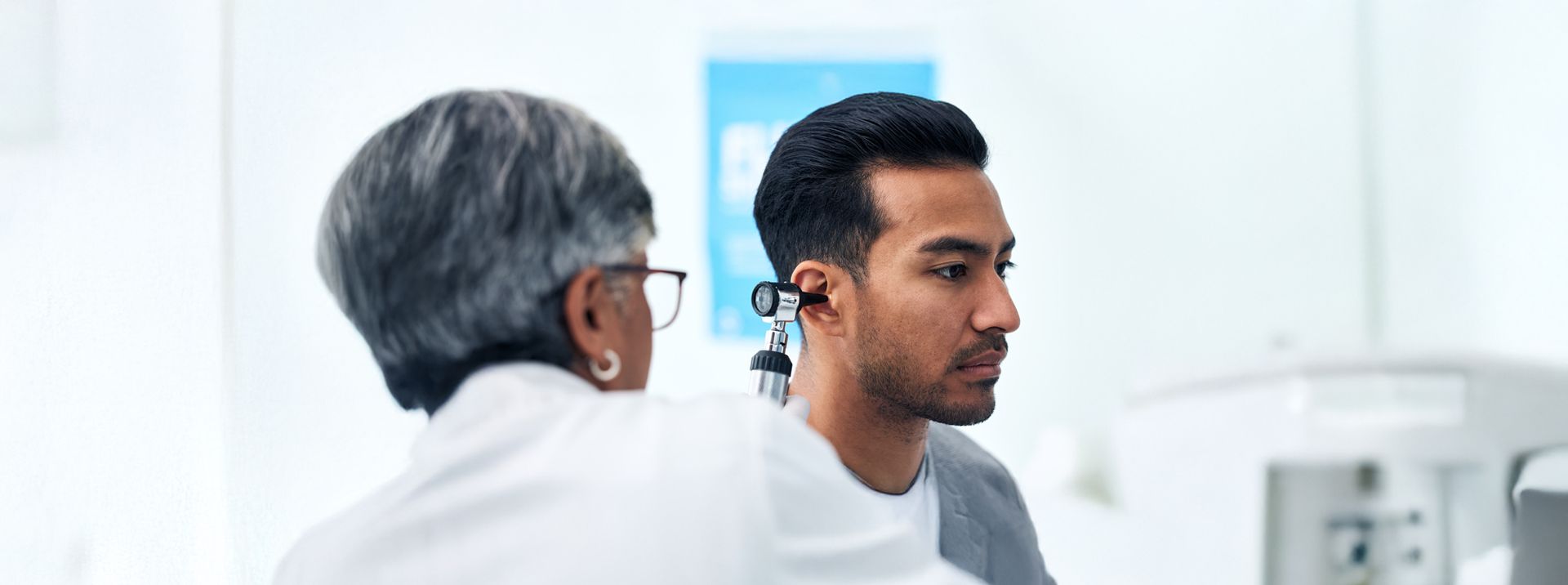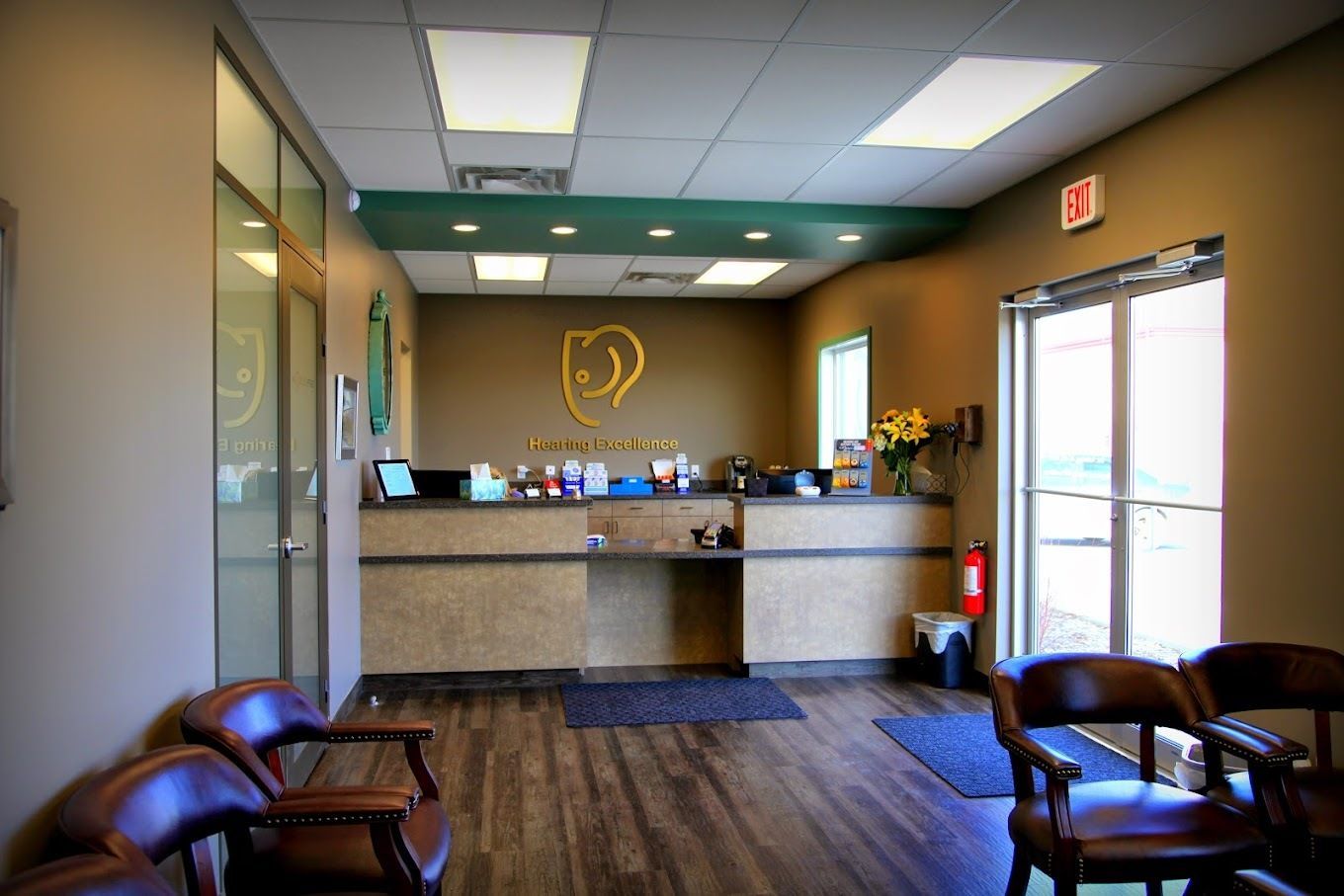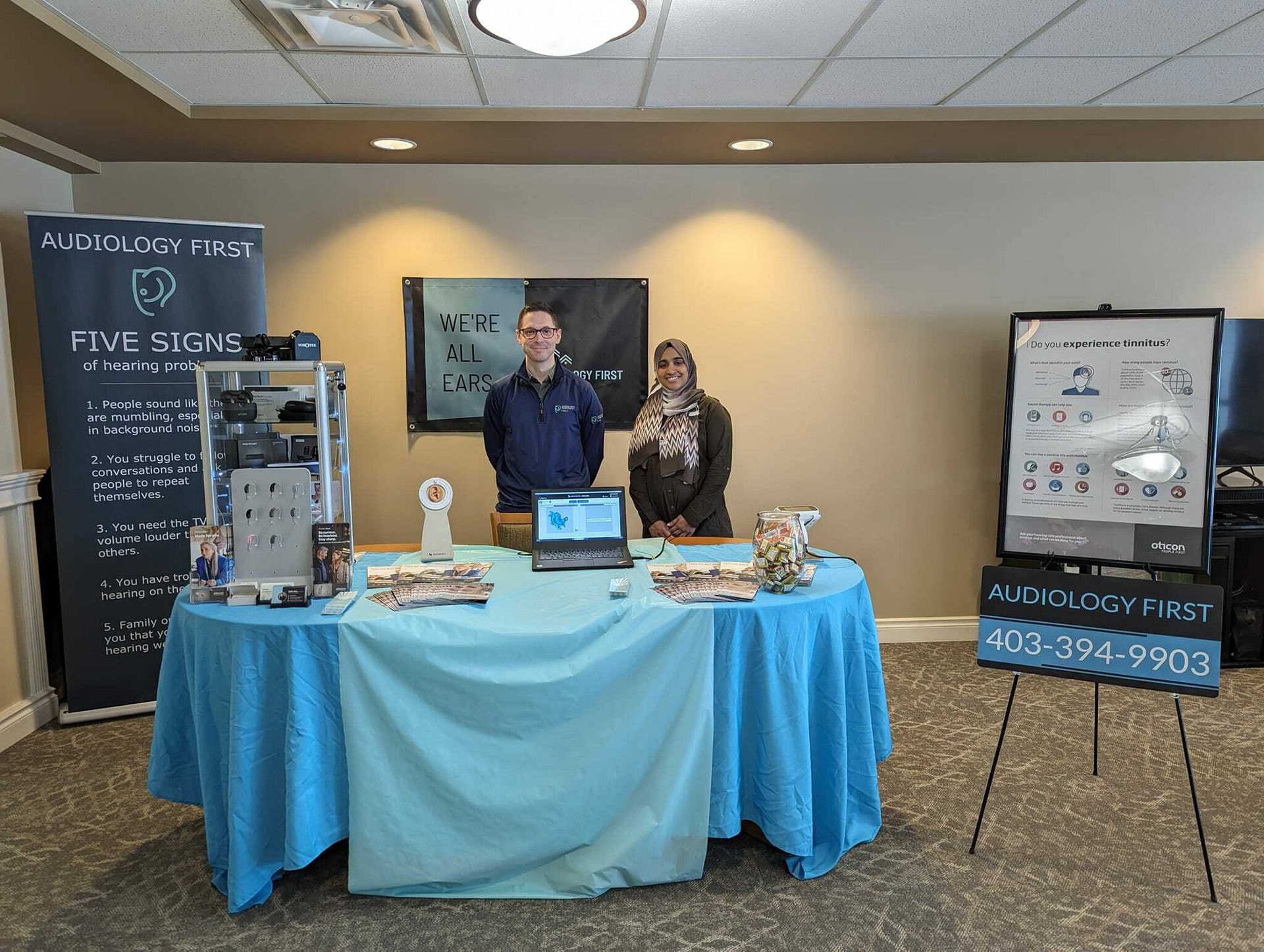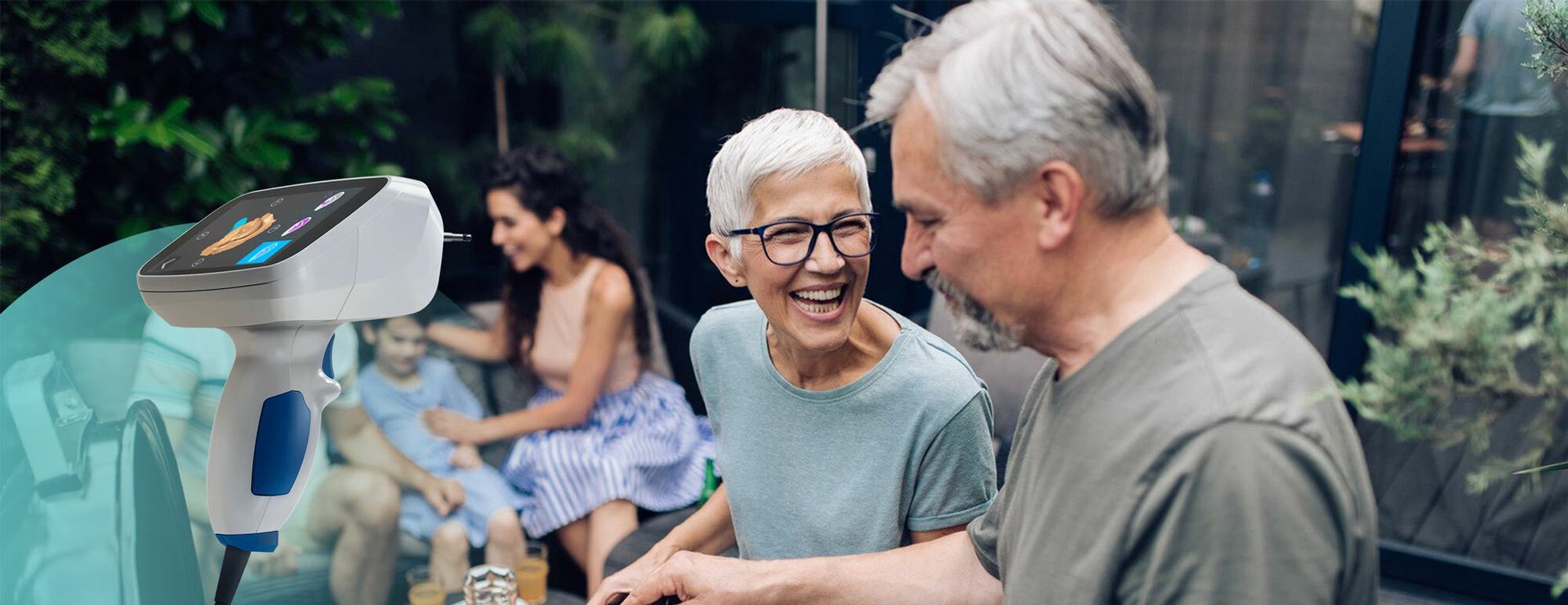Audiology talk: What are Real Ear Measurements in Hearing Aid Fittings?
Introduction to Real Ear Measurements in Audiology
Real Ear Measurements (REMs) are an important tool audiologists use to fit hearing aids properly. REM is a verification tool and is used to verify that the hearing aid provides the right amplification for the individual wearer. REMs can also be used to fine-tune the fit of a hearing aid and to troubleshoot issues that may arise after the initial fitting. If you are considering purchasing a hearing aid or have already been fitted with one, ask your audiologist about conducting REMs. REM is incredibly important, so if your hearing aid provider does not use them, we encourage you to find an experienced Audiology clinic.
Real Ear Measurements versus click-to-fit approaches
All hearing aids are initially programmed to an estimated prescription without accurate ear measurements. Unfortunately, for many clinics, and the patients they serve, that is where the prescription process ends. Research shows that hearing aids fitted with REM are more comfortable for the patient, more accurate, and result in fewer returns to the clinic for follow-up appointments after the fitting (1). By contrast, research has repeatedly shown that click-to-fit or 'first-fit' methods rarely deliver the correct level of hearing to the patient in the laboratory and real-world (2). It is not by chance that professional associations for Audiology, Government insurance organizations, and regulatory bodies have all published clear practice guidelines that REM should always be performed while fitting hearing instruments. However, multiple studies indicate that less than half of hearing care providers routinely use REM in their hearing aid fitting procedures (3).
Why do hearing aid providers skip this important step?
Research indicates that hearing care providers may not fully understand the REM procedure, have not been appropriately trained, or feel that their hearing aid fitting skills are superior to verification. Cost is a factor for some, with REM equipment being relatively expensive to purchase initially, and clinical managers may see the method as 'recommended' rather than 'essential.'
The Consequences of Skipping REMs in Hearing Aid Fittings
When we use REM to check the hearing aid settings of a patient who has transferred to our clinic from another clinic in Lethbridge, it becomes clear which clinics are using REM and which ones are not. Some of the most disappointing errors in hearing aid fittings from other clinics in our community include:
- Incorrect components being used for the hearing aid settings
- Hearing aids being fitted to the wrong side
- Hearing aids being too loud
- Errors in the audiogram that were unnoticed
- Unusual ear canal characteristics are unaccounted for
- Hearing aids being equipped with the incorrect REM settings for the type of coupling used
- CROS or BICROS hearing aid setup is not being fitted with REM.
- Hearing aids were fitted with a simulated REM method only.
Errors occur in all hearing care clinics, but procedures and protocols like REM at Audiology First help identify and prevent them from occurring. As has been seen in research, one of the most egregious errors caused by the lack of REM is when a patient attends our clinic with hearing aids that are 'under-fit' (meaning they do not have enough amplification for their hearing loss). Some patients may go for years without getting the most out of the hearing aids they have paid for. Bad outcomes lead to a bad reputation and poor perception of the value of hearing care providers' products and services. I believe strongly that poor outcomes from sloppy or click-to-fit hearing aid fittings are responsible for some of the stigma and hesitance toward hearing aids (4).
What to Expect During a Real Ear Measurement Appointment at Audiology First
REMs are conducted in the Audiology office with the patient seated before a small loudspeaker. Small silicone tubes are calibrated and then carefully placed into the ear canals. Some patients report that the probe tube can tickle the ear canal momentarily while the audiologist places the probe microphone tubes into the canal. Some pre-REM measurements may then be taken depending on how the hearing test was initially conducted. The patient then wears their hearing aid(s) while the audiologist plays a series of sound samples through the speaker. The tubes in the ear canal are connected to microphones, which are used to compare the sound at the patient's eardrum with sound being collected by another microphone that sits on the outside of each ear. The computer then records how much amplification is required at each frequency for the patient to hear speech correctly and compares this to how much sound reaches the eardrum. This information is then used to adjust the settings on the hearing aid(s) in real-time, ensuring that they are providing optimal benefit and audibility for the individual wearer. Following REM, the patient is asked to evaluate the performance of the hearing aids over several weeks, returning for a follow-up to fine-tune the aids to individual needs and preferences.
Benefits of Using Real Ear Measurements in Hearing aid Fittings
There are many benefits of using real ear measurements when fitting hearing aids, including:
1. More accurate than relying on pure experience or 'rule of thumb' methods.
2. Can be used to verify the accuracy of experience-based methods.
3. Help ensure that the hearing aid achieves its maximum potential benefit for the user.
4. Provide an objective measure of a hearing aid's performance.
5. Allow for comparisons to be made between different hearing aids.
6. Allow for hearing aids to be verified for safety so they are not set too loud and have the potential to cause additional hearing loss.
Conclusion
Real ear measurements are an invaluable tool for hearing aid fittings in Audiology. Despite this - far too many hearing care professionals do not use REM. Rule-of-thumb verification methods are simply less accurate and can even harm hearing. As the only independent Audiology clinic in Lethbridge, Audiology First is a proud advocate and provider of REM-based hearing aid fittings - and we promise to fit every ear with the best practices possible - every time. Through this, and other best practices, we are re-writing the story people share about their hearing aids. If your hearing aid clinic does not use REM or does not know how to use REM correctly, Audiology First can help guide you in the right direction. Call us today to arrange an appraisal of your hearing aid performance - it is free, and we can provide you with expert advice on your current setup.
Citations
1. Aazh H, Moore BC. The value of routine real ear measurement of the gain of digital hearing aids. J Am Acad Audiol 2007 Sep;18(8):653–64
2. Abrams HB, Chisolm TH, McManus M, McArdle R. Initial-fit approach versus verified prescription: comparing self-perceived hearing aid benefit. J Am Acad Audiol. 2012 Nov-Dec;23(10):768-78. doi: 10.3766/jaaa.23.10.3. PMID: 23169194.
3. Mueller HG, Picou EM. Survey examines popularity of real-ear probe-microphone measures. Hear J 2010;63(5):27–32.doi: 10.1097/01.HJ.0000373447.52956.25
4. Ng JH, Loke AY. Determinants of hearing-aid adoption and use among the elderly: a systematic review. Int J Audiol. 2015 May;54(5):291-300. doi: 10.3109/14992027.2014.966922. Epub 2015 Feb 2. PMID: 25640403.

